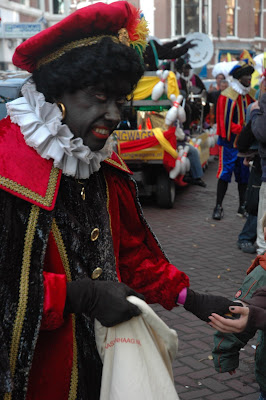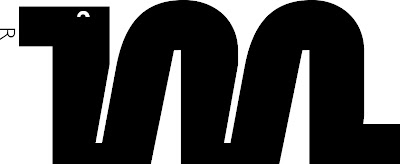
Last weekend we attended the third annual Crossing Borders, a poetry and music festival held in The Hague. The theme of the week-long event is bringing together artists whose work blurs the definitions of music, poetry, art and performance, to celebrate and create dialog about the intersections of what are usually categorized as distinct genres. The most obvious example is the poetry of songwriting, but as we found, there are many others.
Some of the guests who's names you might recognize are: Rufus Wainwright, Salomon Rushdie, Chuck Palahniuk, The New Pornographers, Vic Chestnutt, and many, many, many more. Some artists sang, some read their poetry, some did both. Most of the poetry readings were followed by an interview, which was a really nice touch.
With Brian, we bought passes for the Thursday and the Saturday. The pass gave you access for any of the scheduled events for that particular day, meaning you kind of jumped around from room to room at your pleasure.
The first reading we attended was Richard Hell, who is best known as a former member of the the band Television. He read some articles he's recently written for a paper in Colorado I think it was, which discuss his aggressive thoughts on God. After he sat down for the most awkard interview on earth.

This photo is not really accurate as it suggests those two were somewhat relaxed with one another, and it kind of appears as though the interviewer is almost actually looking at Richard. The interviewer seemed only interested in discussing the one thing Richard Hell did not want to: Television and the birth of the New York Punk scene. Richard compromised by charismatically telling funny party stories from that time. It was cute, but I'm glad this was the first thing we saw.
After we listened to Gerard Malanga read some of his poetry. Gerard is a poet and a photographer that is best know for being Andy Warhol's right-hand-man in the days of The Factory. As a photographer he specializes in portraiture. As a poet, he does the same.

He was such an engaging reader that immediately following, we ran down to the bookstore and bought one of his anthologies. We asked him to sign it, and he took it upon himself to edit the mistakes!


We then saw Akron Family play probably the funniest and least-pretentious show I've ever seen. Their set ranged from hippie-folk to freestyle rap, and even included a children's song about a bear getting honey from an enchanted forest. Super fun.
Saturday we went early to get seats for one of the the most talked-about performers of the festival, Patti Smith. She was entirely captivating. In her incredibly thoughtful performance she read poems by Sylvia Plaith, Allen Ginsberg, and paraphrased Hamlet's soliloquy "To be or not to be". My most favourite part of her show was when she acoustically sang Lou Reed's "Perfect Day", with us – the audience – joining in for the chorus. It was very reminiscent of Buffy Saint-Marie's impromptu "Up Where We Belong" at our graduation ceremony.

After Patti, we saw Andrew Bird, who is probably the most talented human I've ever been in the same room with. His performance consisted of himself recording and playing back his music, and playing again with the recording, and recording that, and playing it back, etc. Using his feet to control the recording and play-back, he builds a song that is layered and gives the impression that there are many musicians on stage, when it's really just him. Not only is he an incredibly talented song-writer and musician, his timing is impeccable, and his whistling abilities were out of this world. And, on top of it all, he had a fever!
Please, buy tickets if he comes to a town near you!





















































